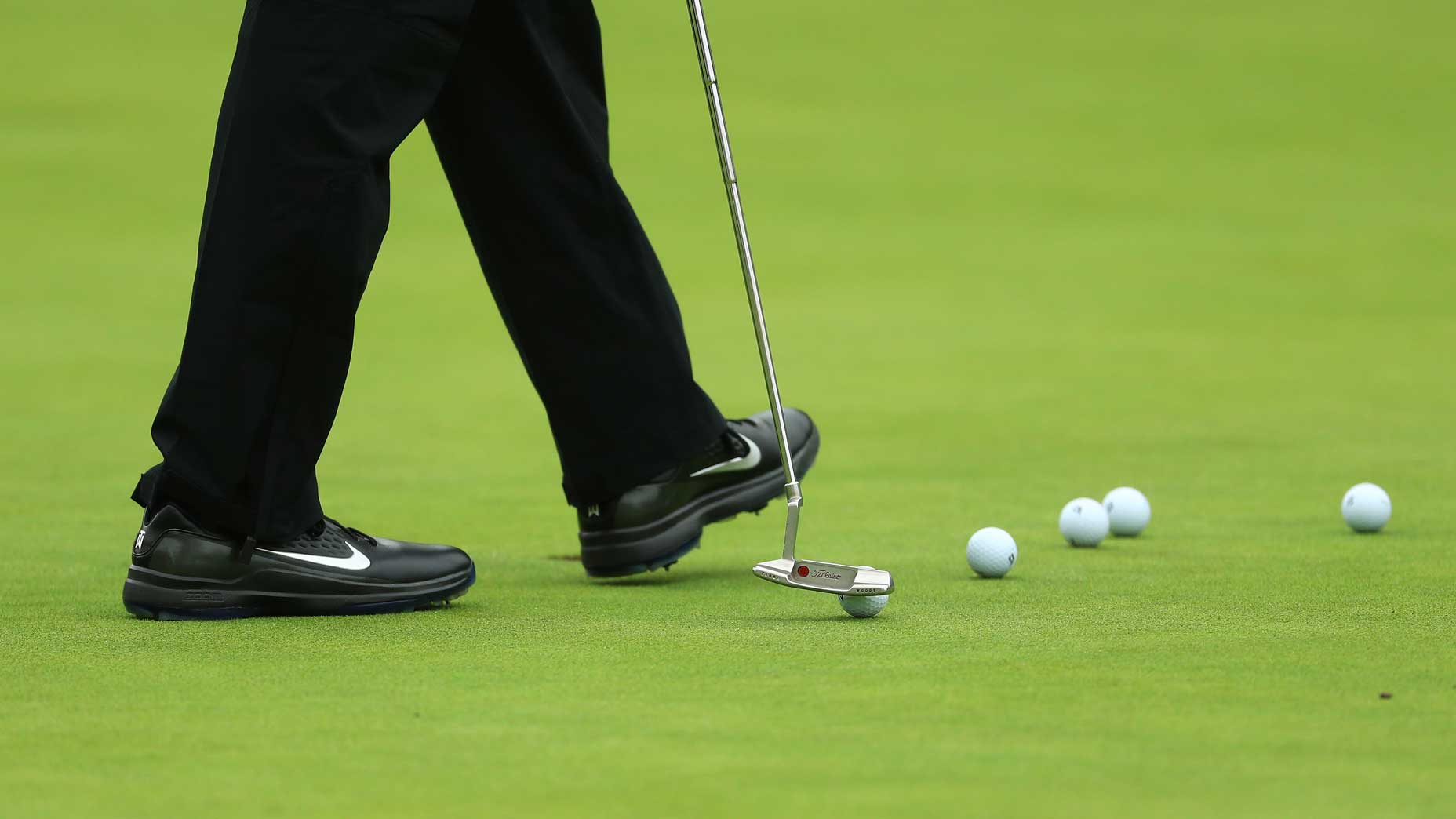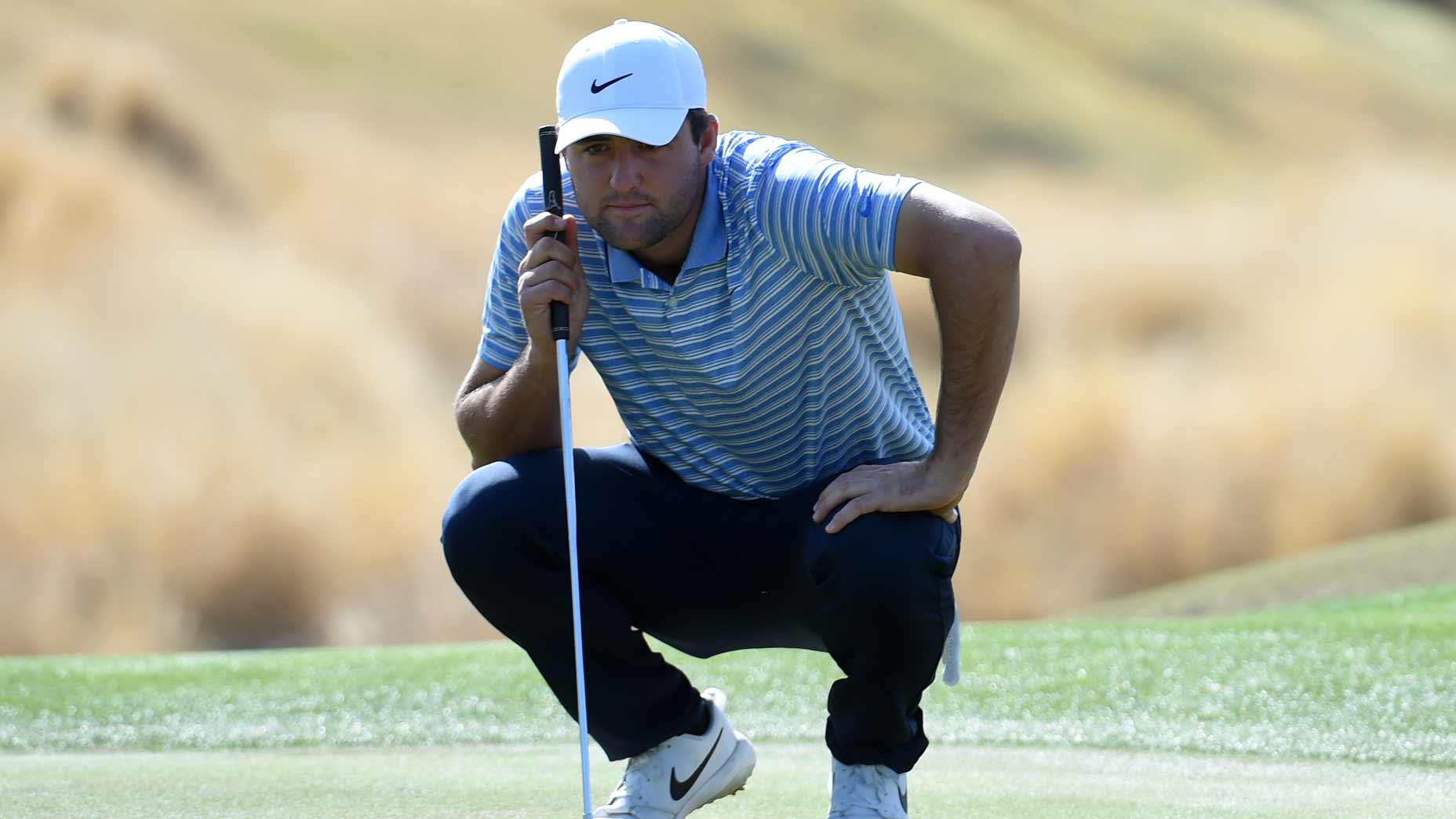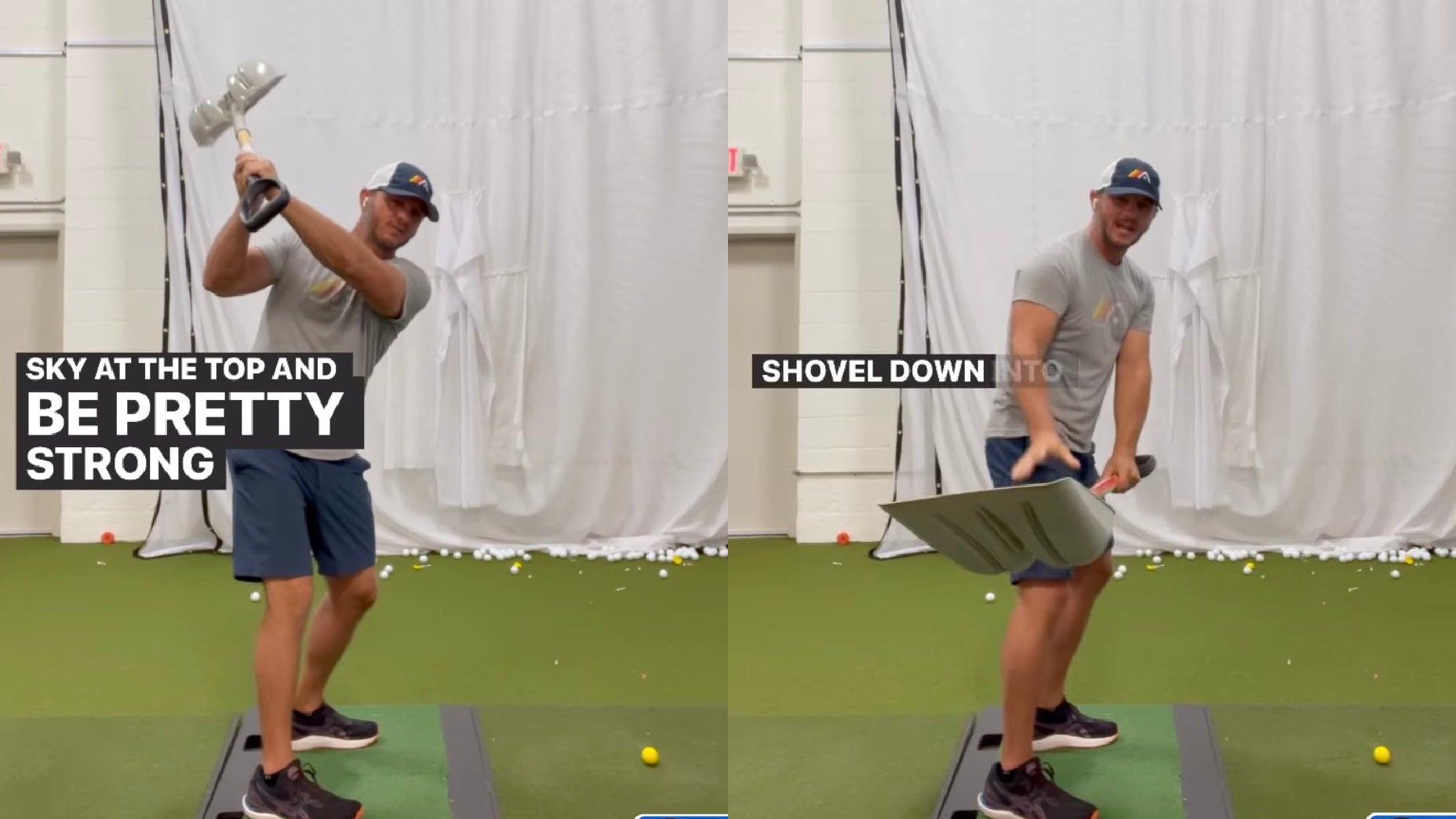Every golfer wants to get better, but for recreational players, sometimes it can be difficult to know where to start. Is it better for you to hit more fairways and greens, or simply tighten up your short game? Most golfers would say yes to all of the above.
That’s when statistical analysis can become very helpful, and there’s perhaps no one better to shed light on the numbers than Lou Stagner. Back in October, Stagner accepted a role as the Data Insights Lead at Arccos Golf, and regularly shares nuggets of statistical wisdom to his growing social media following.
On this week’s episode of Off Course with Claude Harmon, Stagner revealed tons of info he’s gleaned from his extensive work in data analysis on both the professional and recreational segments of the game. And one of the most interesting insights he shared involved the fastest way recreational players can lower their handicaps.
For one thing, most recreational players are playing from tees that are way too long, and it would behoove them to move up, Stagner says. And when it comes to what to work on, Stagner says gaining an understanding of how you’re actually playing on the golf course is paramount.
Putting is ‘easy’ if you focus on this part of the stroke, says stats expertBy: Zephyr Melton
“You can use a tool like Arccos to track all your stats,” Stagner said. “The reason I think it’s important to track your stats is you need to understand what component of the game you do well at and you do poorly at.
“I think we are all guilty of bias about our own games,” he continued. “We might be a horrible putter, but we make a couple of six-footers every now and again and we think we’re a great putter and we have no issues there. You take a tool like Arccos and you really get your strokes gained: putting, and you’re gonna know quickly whether or not you’re a good putter or a bad putter.”
The biggest factor, though, isn’t making more birdies, as many higher-handicappers tend to believe. Instead, it’s something a bit simpler.
“Eliminating mistakes for amateurs like me is the key to lower golf scores,” Stagner said. “It’s the key to lowering your handicap. Minimizing knocking balls out of bounds, penalty strokes. Minimizing doing something like double-chipping it. Minimizing the big numbers is how you’re going to go from shooting 95 to shooting 85. And it’s also going to be how you go from shooting 85 to shooting 75.”
At the highest levels of the game, birdies become more relevant, says Stagner. “But everybody else needs to limit the mistakes. That’s your path to playing better golf. It’s not more birdies.”
For more from Stagner, including the optimal putt-length to practice, and the surprising PGA Tour statistics that prove you’re holding yourself to an impossible standard, check out the full interview below.










